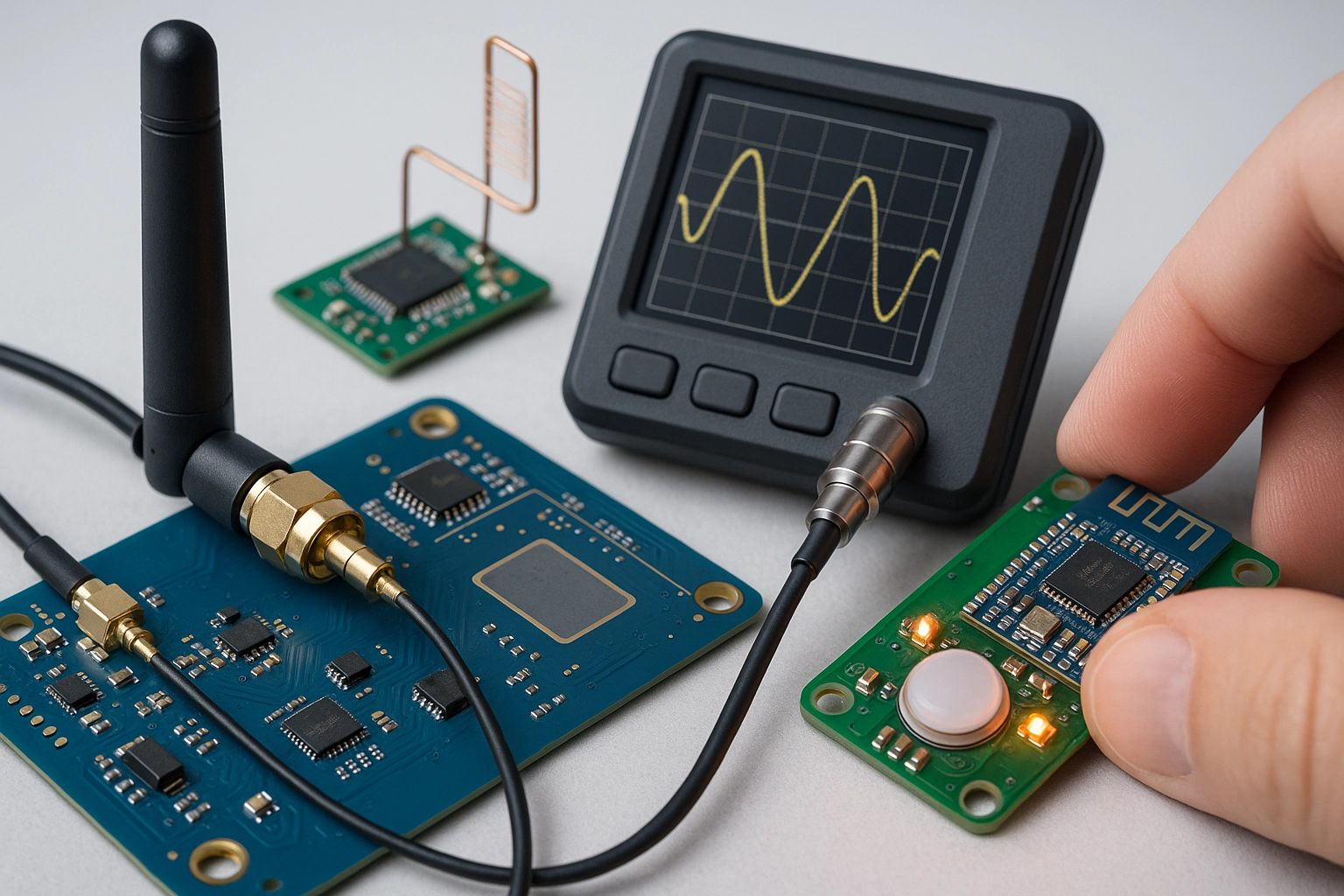IEEE 802 11p Wireless Access in Vehicular Environment Test
The IEEE 802.11p standard is specifically designed for wireless access in vehicular environments, focusing on short-range communication between vehicles and infrastructure. This service ensures that automotive systems meet stringent requirements for reliability and safety in the harsh conditions of road traffic.
Testing according to this standard involves evaluating a vehicle's ability to communicate with other vehicles (V2V) and roadside units (RSUs). The tests simulate real-world scenarios where vehicles must exchange data, such as position, speed, and heading. These communications are crucial for enabling advanced driver assistance systems (ADAS), such as collision avoidance and autonomous driving.
The testing process is rigorous and involves multiple stages. Initially, the vehicle's hardware and software components are configured to comply with IEEE 802.11p specifications. This includes setting up communication parameters like frequency bands and modulation schemes. The next step is to conduct a series of test procedures that assess various aspects of the system:
- Signal strength and reliability under different environmental conditions.
- Data transmission rates and error rates during data exchange.
- Latency in response times for critical information sharing.
- Security measures to prevent unauthorized access or interference.
The tests are conducted using specialized equipment that simulates various road scenarios. This includes static and dynamic test tracks, which replicate real-world traffic conditions. The testing environment must mimic different weather conditions such as rain, fog, and snow, as well as varying road surfaces to ensure the system's robustness.
During testing, both in-vehicle and roadside devices are subjected to stringent performance criteria defined by IEEE 802.11p. These include a minimum signal-to-noise ratio (SNR) for reliable communication, acceptable latency levels for real-time data exchange, and error correction mechanisms that ensure data integrity.
The results of the testing are thoroughly analyzed and documented. Compliance with standards is critical to ensure that vehicles can safely and reliably communicate in complex traffic situations. The detailed reports provide insights into any areas where improvements are needed, allowing manufacturers to refine their systems for better performance and safety.
Why It Matters
The IEEE 802.11p standard is essential for the development of connected and autonomous vehicles (CAVs). By ensuring that vehicle-to-vehicle communication works reliably, this service plays a pivotal role in enhancing road safety and reducing accidents. The ability to share critical information such as speed, location, and braking status can significantly improve response times in emergency situations.
Moreover, compliance with IEEE 802.11p is crucial for regulatory approval and market access. Many countries have adopted or are considering adopting regulations that mandate the use of V2V communication systems in new vehicles. Ensuring that a vehicle meets these standards can prevent costly delays and ensure smooth market entry.
The testing also supports the development of advanced driver assistance systems (ADAS). Features like adaptive cruise control, lane-keeping assist, and collision avoidance rely on reliable wireless communication between vehicles. By validating these systems in controlled test environments, manufacturers can identify potential issues early in the development process and make necessary adjustments.
In addition to improving safety and compliance, IEEE 802.11p testing contributes to the overall quality of automotive products. It ensures that components like antennas, transceivers, and communication protocols meet high standards for performance and reliability. This not only enhances customer satisfaction but also builds trust in the brand.
Applied Standards
The IEEE 802.11p standard is part of the broader IEEE 802 family, which includes standards for wireless LANs and metropolitan area networks. Specifically, IEEE 802.11p defines physical (PHY) and media access control (MAC) layers tailored for vehicular environments.
The key components of IEEE 802.11p include:
- Operational frequency bands: The standard operates in the VHF and UHF bands, specifically at 5.865 GHz to 5.925 GHz.
- Data rates: It supports data rates up to 72.2 Mbps, which is sufficient for transmitting critical information between vehicles.
- Security features: IEEE 802.11p includes mechanisms like WPA2-Personal and WAPI (Wireless LAN Authentication and Privacy Infrastructure) to ensure secure communication.
In addition to IEEE 802.11p, this service also adheres to other relevant standards such as ISO/TS 21449, which provides guidelines for the integration of safety systems in road vehicles. By aligning with these international standards, automotive manufacturers can ensure that their products meet global quality and safety requirements.
Industry Applications
- Connected Vehicles: IEEE 802.11p enables vehicles to communicate with each other, sharing information on speed, location, and braking status.
- Autonomous Driving: The standard supports the real-time data exchange necessary for autonomous vehicles to make informed decisions about their surroundings.
- Critical Infrastructure Communication: V2I communication allows vehicles to interact with roadside units (RSUs) and traffic management systems, improving overall traffic flow.
- Emergency Vehicle Prioritization: IEEE 802.11p facilitates the exchange of information between emergency vehicles and other road users, enhancing safety in critical situations.
- The standard is also used for real-time traffic management systems that optimize route planning based on live vehicle data.
- It supports the integration of smart city infrastructure with vehicular networks, enabling more efficient urban mobility solutions.





